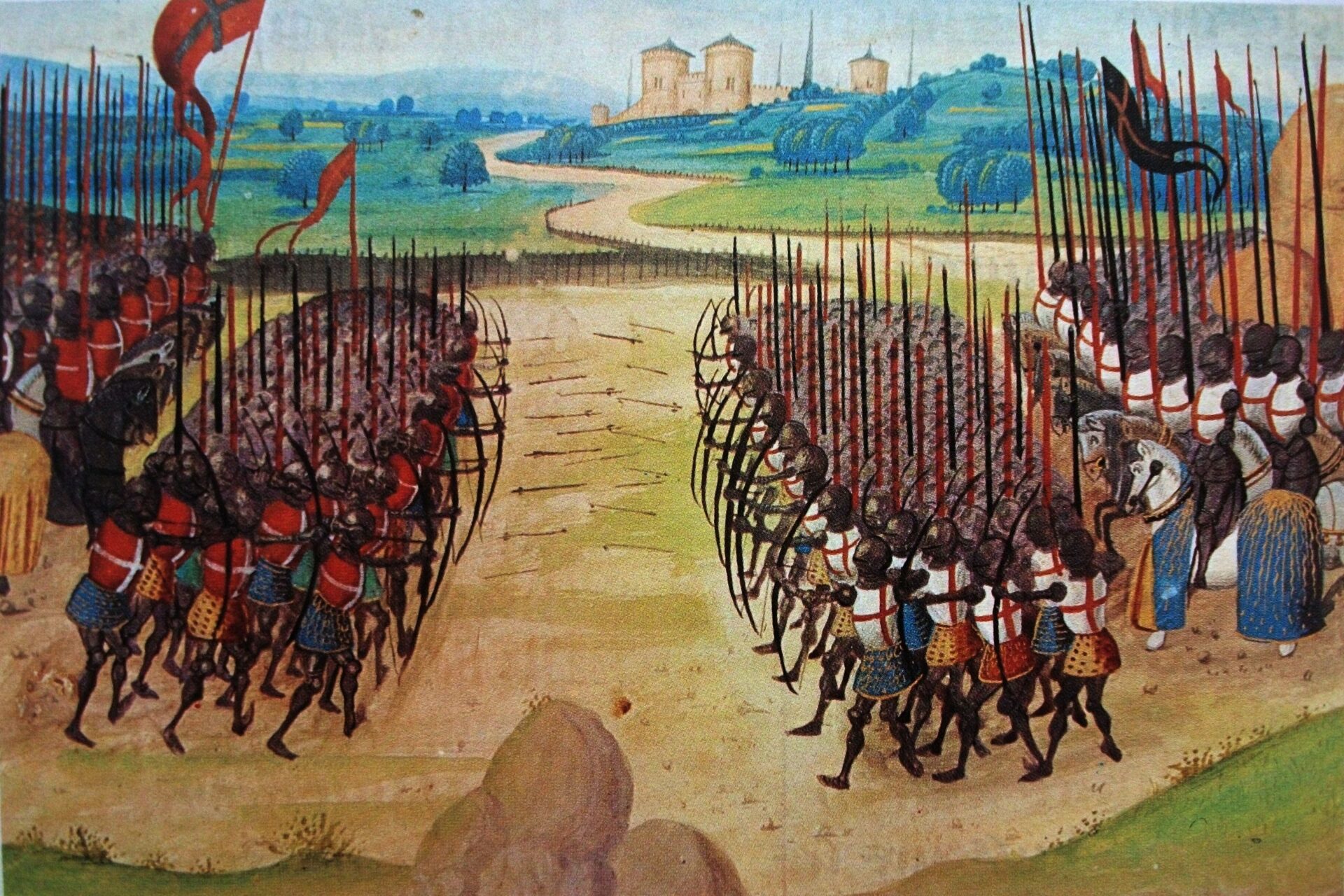By about the year 1000 England was a centralized monarchy; France was nominally ruled by an elected king who was feebler than his great supporters; Germany was divided into duchies, one of which, Saxony, had asserted its supremacy and claimed the old imperial title; and Italy still remained anarchic, although the papacy had begun to revive.
Out of the debris of the Roman Empire, buffeted by two successive waves of barbarian incursions and held together only by a common Christian faith, these major fragments had begun to take on certain features that we can recognize today. Elsewhere, the Scandinavian kingdoms had imposed order on their turbulent peoples, and the little Christian kingdoms in the north of Spain were beginning to reconquer the peninsula from the Muslims (see Chapter 6).
In the East, the Empire stood firm at Constantinople, despite many shocks. It had started Christianizing the Slavic peoples nearest to it—the Bulgarians, the Russians, the Serbs. The western Slays—Czechs, Poles, Croats, and others—and the Magyars, lying between the Germans and the influences radiating from Constantinople, had received Roman missionaries. By the year 1000 there was already visible a fateful line of demarcation between the Western Catholic world and the Eastern Orthodox world.

